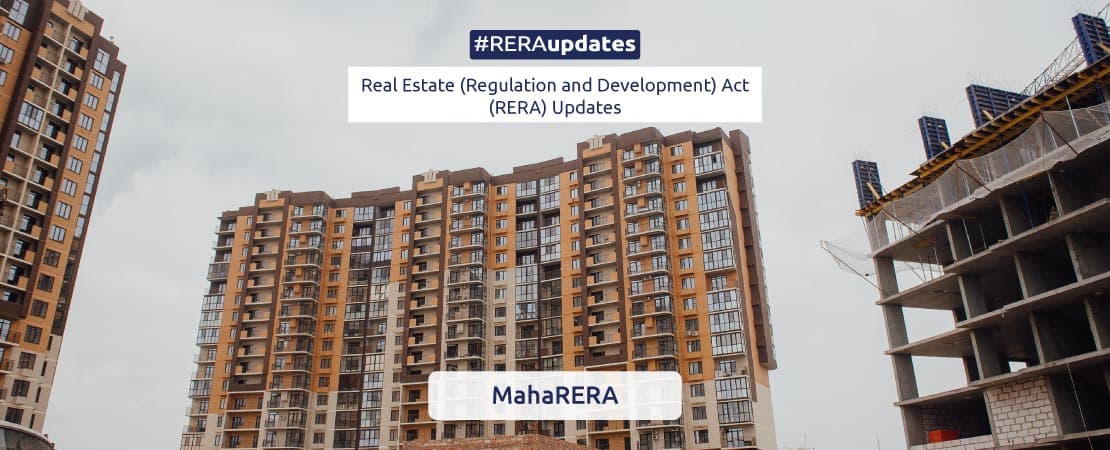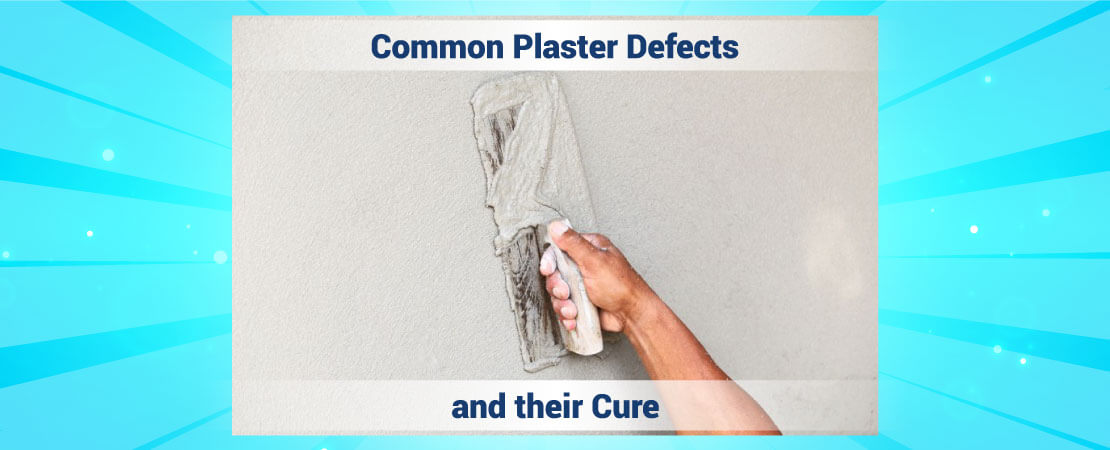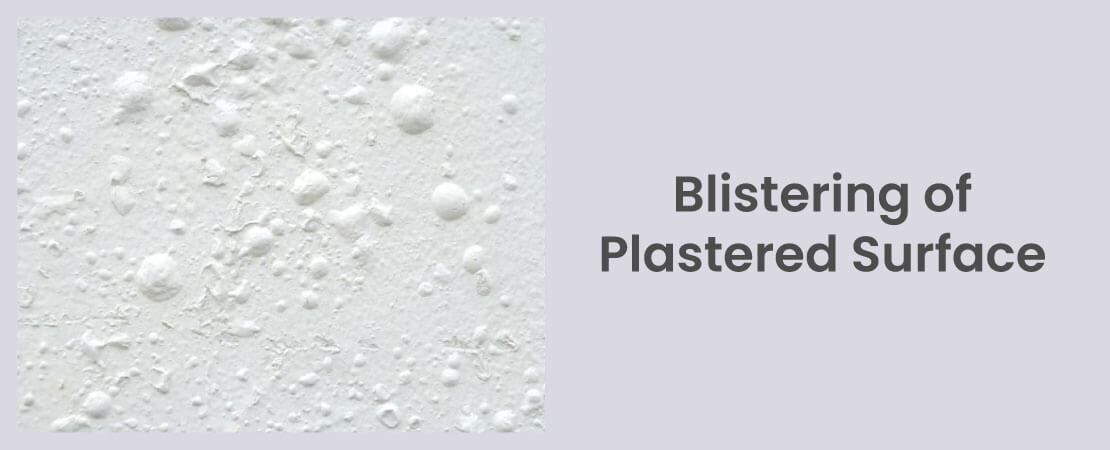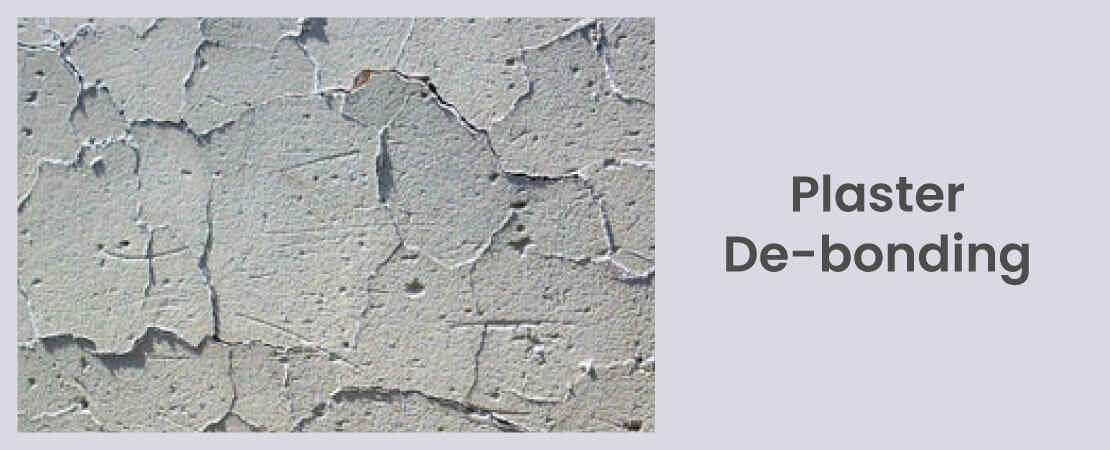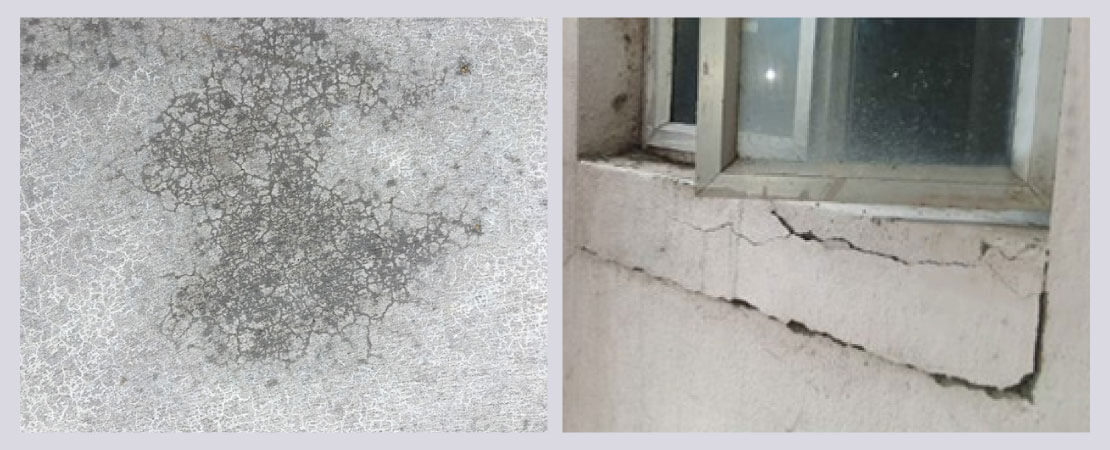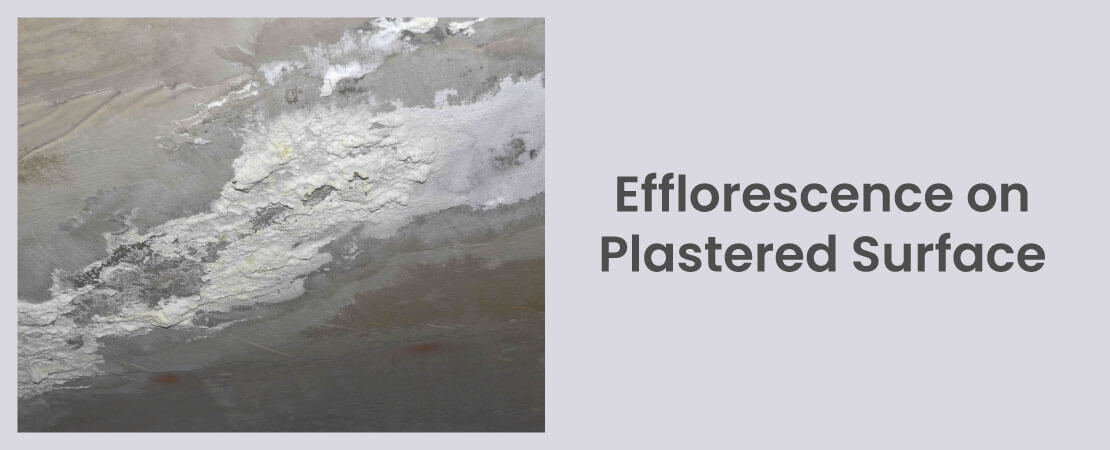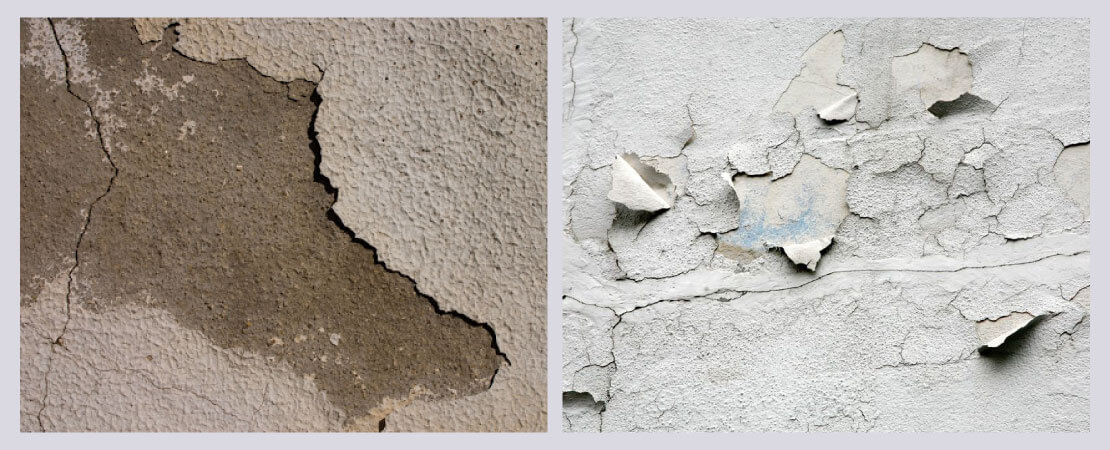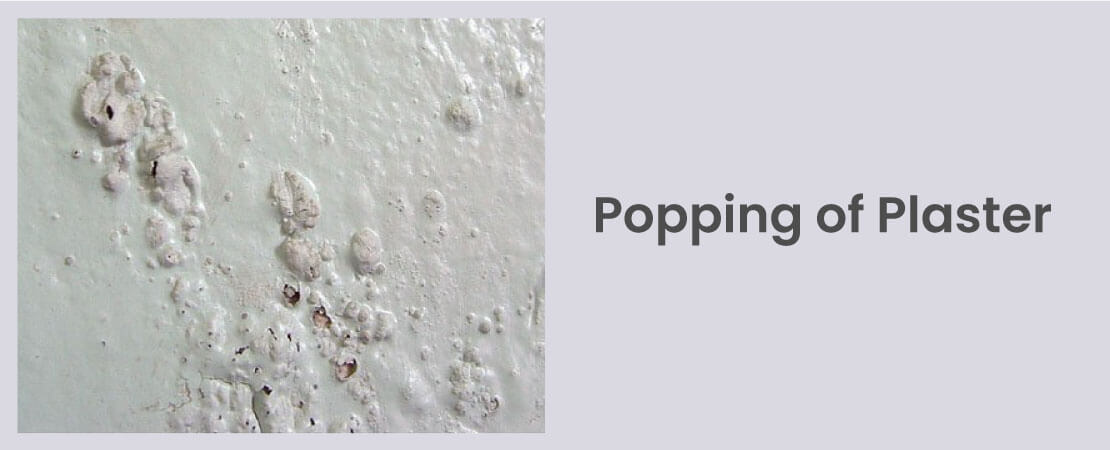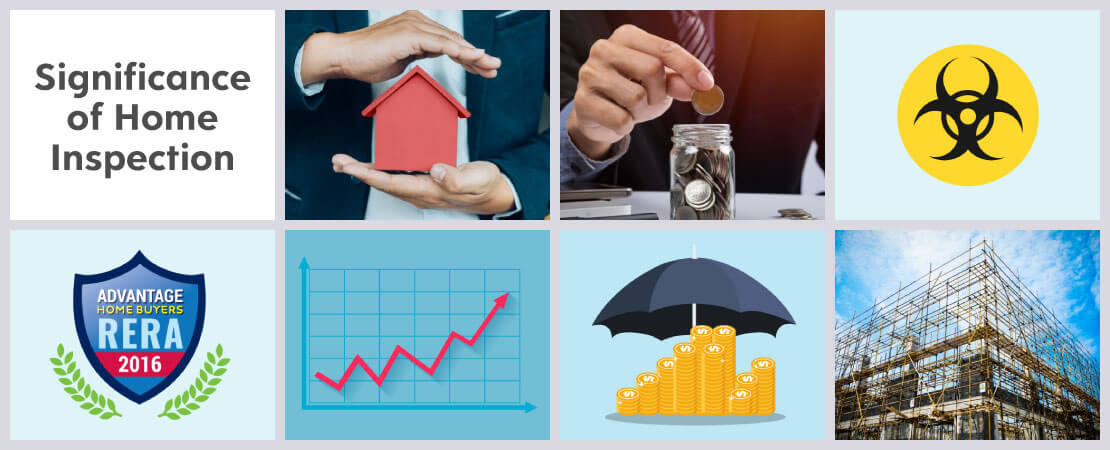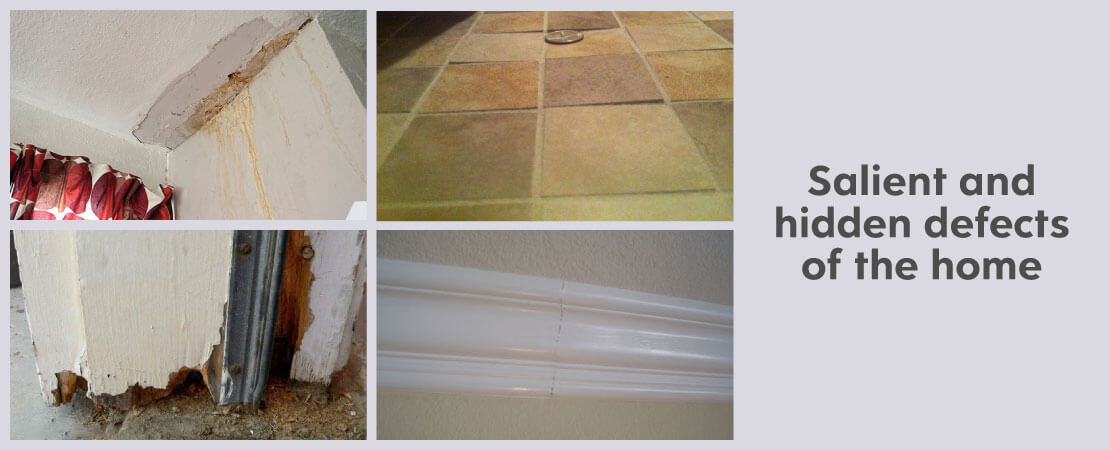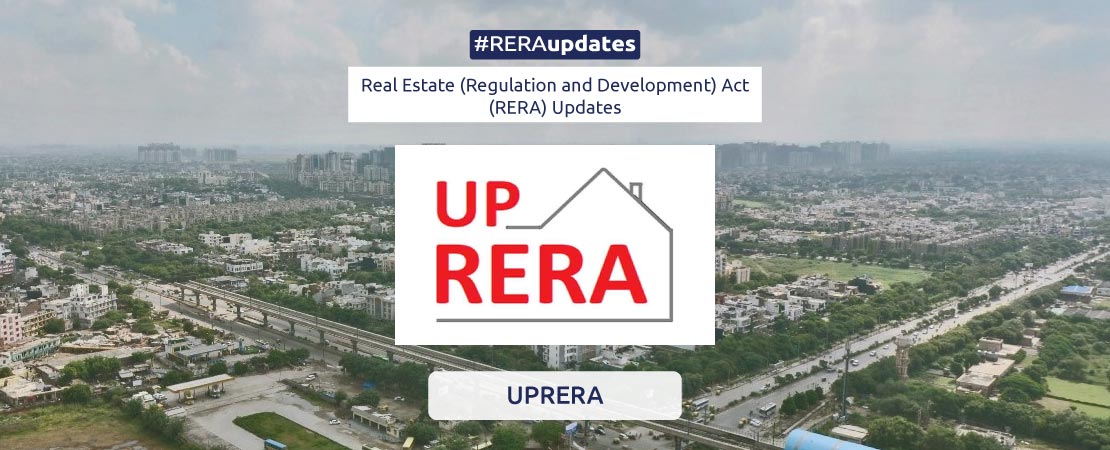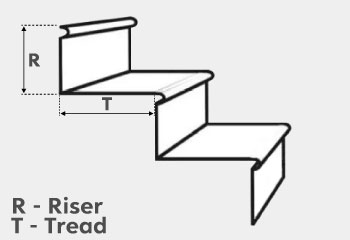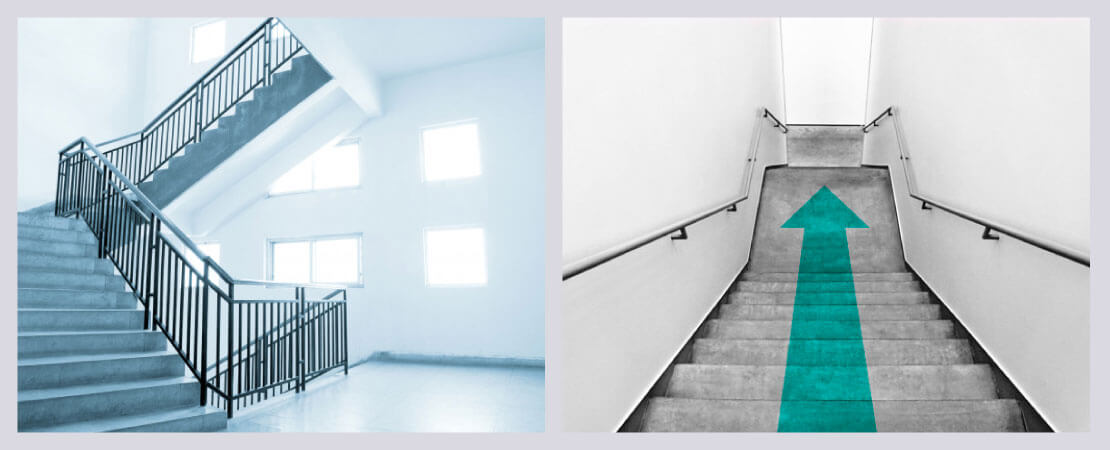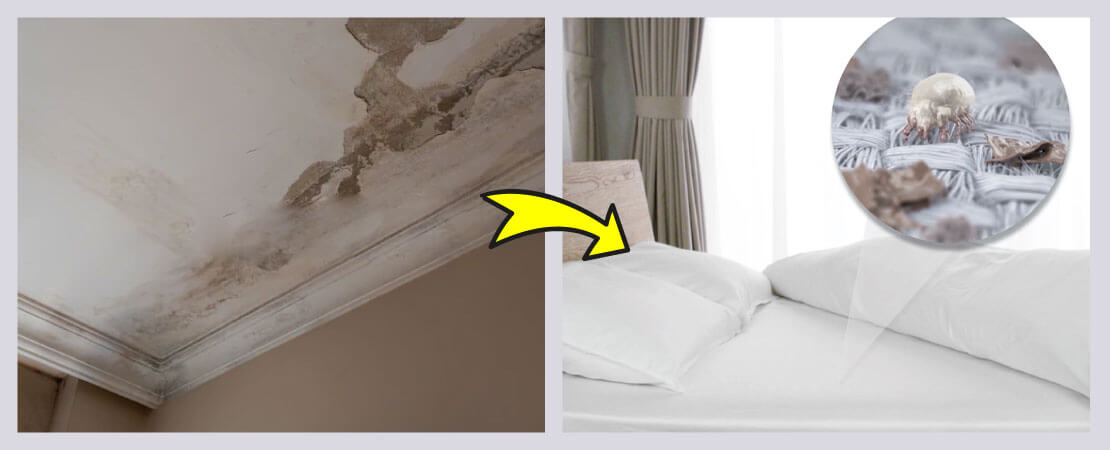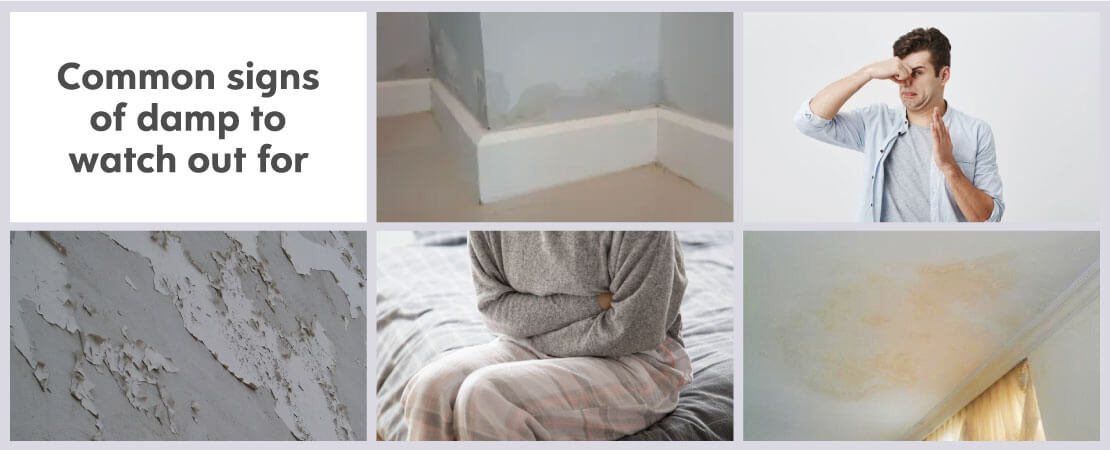Mumbai
In a major judgment, the Maharashtra Real Estate Regulatory Authority (MahaRera) disallowed a builder last week from carrying out the construction of an additional floor for his project at New Panvel without the consent of the buyers who already bought flats in the building.
The ruling is significant, as builders over the years modified plans and made additions to their existing constructions without taking the buyers into confidence, leaving the latter helpless, as they were promised a completely different structure.
The case was filed by four homebuyers – Deepesh Singh, Sujay Joshi, Nikhil Bare and Vaibhav Ballal – against Ms Neelkanth Constructions, for its Neelkanth Vihar Phase I project at New Panvel.
The complainants alleged that despite receiving the possession of their flats, the developer is yet to form the society and allot parking spaces to the occupants.
Responding to the complaint, Neelkanth Constructions said it wanted to utilise the unused floor space index (FSI). Accusing the complainants of ulterior motives, Neelkanth Constructions contented that after taking the possession of their flats, the buyers cannot stop it from consuming the FSI of the entire land.
The developer said they started the process of forming the society, but the complainants kept obstructing the respondent to extract money from the builder. Hence, the society formation process was stopped. The developer also said that if the complainants do not disrupt the process, it will go ahead with the formation of the society.
However, while hearing the case, the state real estate regulator cited section 14 of the Real Estate (Regulation and Development) Act (RERA) 2016, which mandated that any modification in the building plans, including the construction of additional floors, required the requisite consent of two-third of the allottees.
“With regards to the construction of additional floor to be constructed in the building, MahaRera directs that without the consent of two-third of the allottees, as prescribed under section 14 of the RERA, a respondent would not carry out any construction on site,” MahaRera said in its ruling.
According to housing activist Vinod Sampat, a builder loses his/her right of modification after the first apartment is sold.
“It is binding on the builder to obtain the consent of the buyer, as the latter has booked [the property] based on the plans given by the developer. Any additional construction would be a burden on the homebuyer, and hence, the consent [of the buyer] is required. Even the extra FSI offered later goes to the kitty of homebuyers,” said Sampat

